When to harvest banana peppers – 5 expert tips for picking when they're ripe
The all-important signs your banana peppers are ready to be harvested to get the best flavor
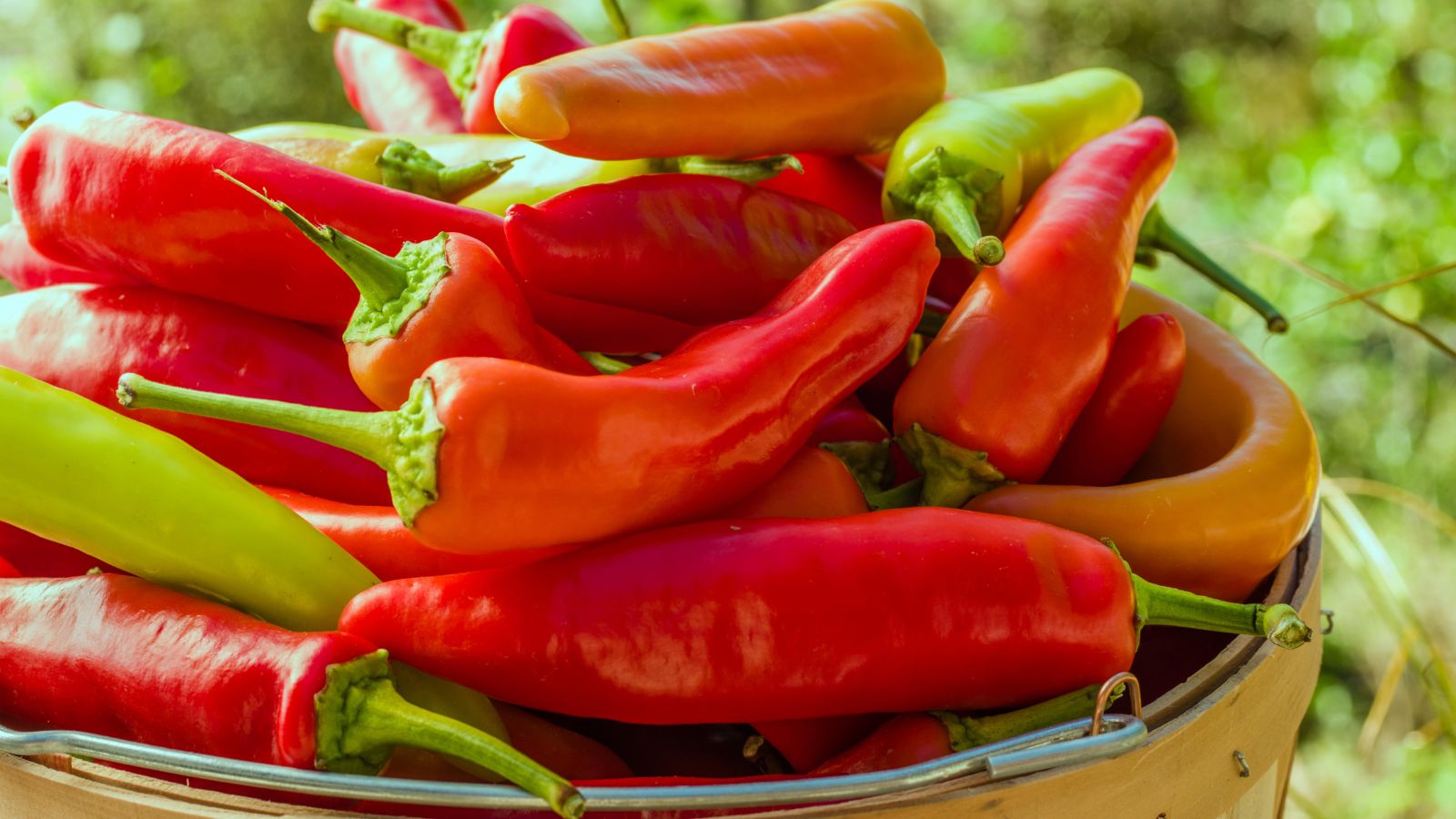

Banana peppers are the mild, tangy, medium sized peppers which can be grown in your backyard. To make the most of their flavor, you need to know when to harvest them.
Banana peppers, a type of chili pepper, can be used straightaway in a variety of dishes when harvested, adding a mild, tangy taste to salads, stir-fries or sandwiches.
Although they are are not very hot, the spice and sweetness of this pepper depends on how mature it is, so when you harvest your banana peppers is, to a degree, down to your personal taste.
By following our experts' advice, you can make the most of these versatile banana peppers by harvesting them in their prime.
How to know when to harvest banana peppers
'Banana peppers, like many fruits, go through a maturation process from the moment they flower to their peak ripeness. This period is a crucial factor in determining the perfect time to harvest these versatile peppers', says Radwa Khalil Founder of Healthy Life Trainer.
'The maturation journey of banana peppers typically begins with the appearance of small flowers on the pepper plants. These flowers eventually give way to tiny green peppers that slowly grow in size over time. As they mature, the peppers undergo significant changes in color, texture, and flavor.'
The maturation process can vary depending on factors including temperature, growing conditions, sunlight, the variety of pepper, but in general it should take around 60 to 70 days for your banana peppers to ripen from the time the first flowers appear.
Similarly with deciding when to pick cayenne peppers, 'harvesting banana peppers involves careful observation of their size and color', says David Cohen, CEO of Flower Station.

David Cohen is the CEO of Flower Station, one of the UK's largest online flower delivery services.
- You can find banana peppers to grow at Burpee.
1. Check their size
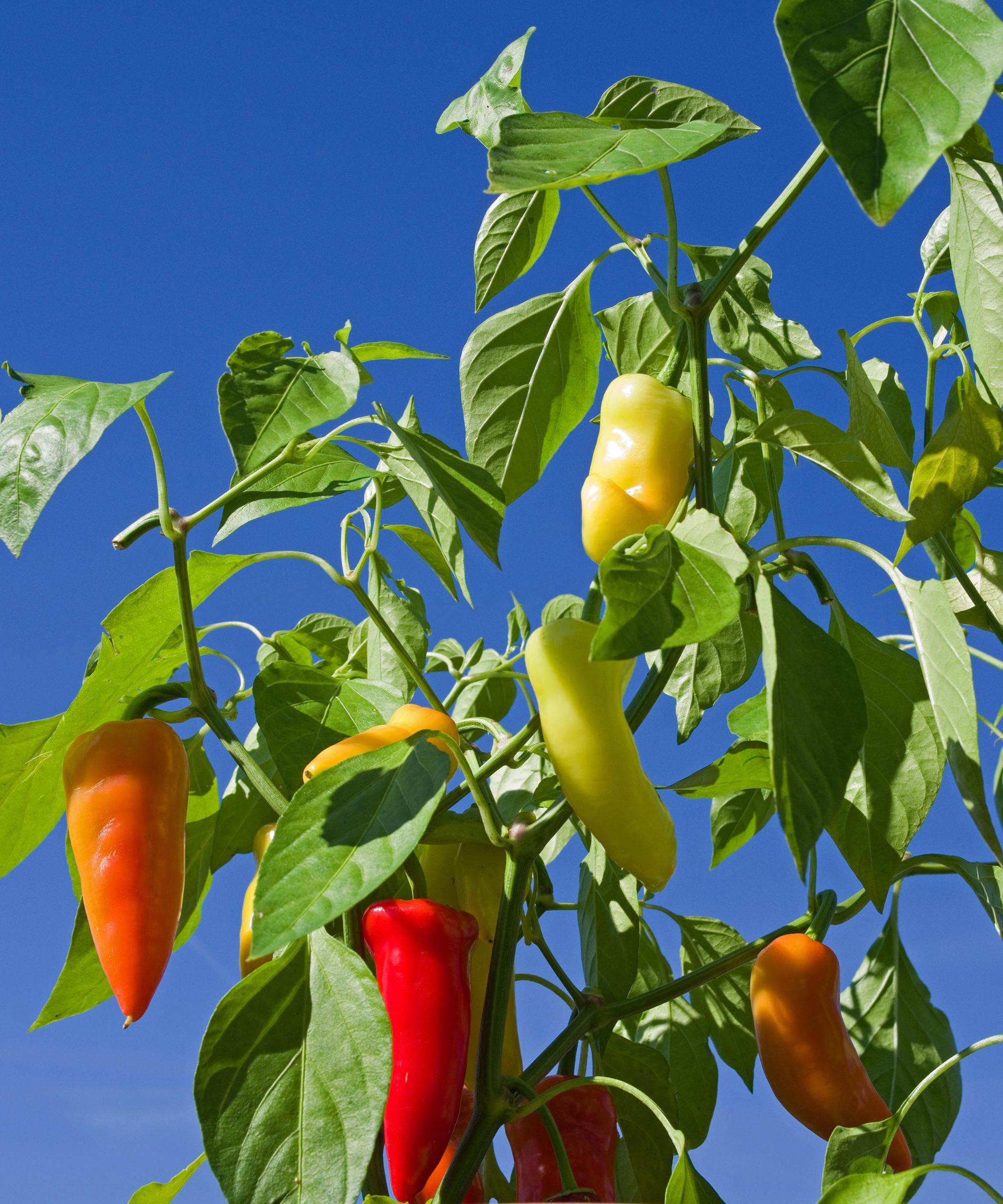
'Keep an eye on the size of your banana peppers. They typically reach about 4 to 7 inches in length, depending on the variety. When they hit this size range, they're usually good to go', recommends Itamar Ben Dor founder of the Green Life blog.
2. Look for color cues
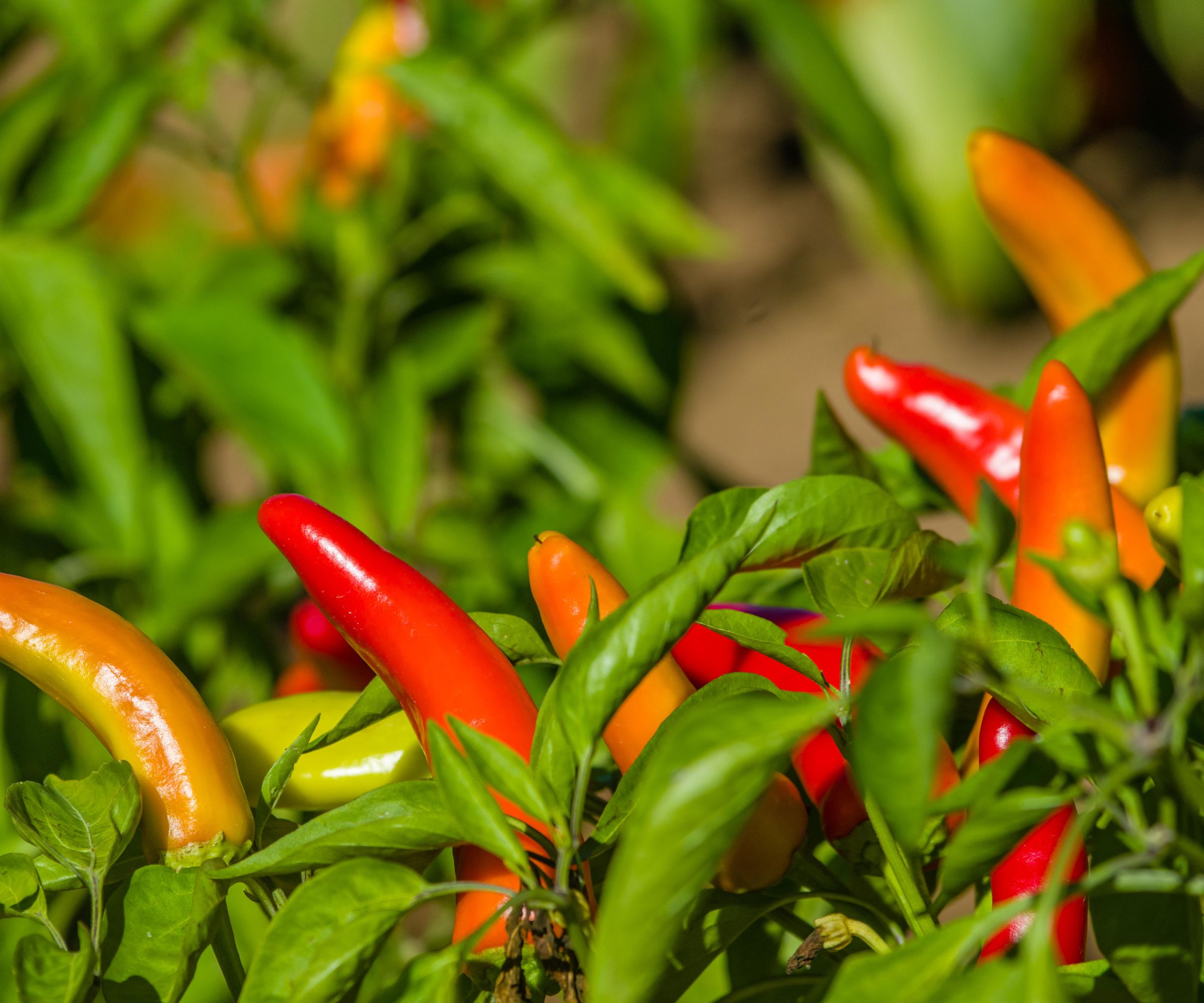
'Banana peppers change color as they ripen', says Itamar Ben Dor. 'They start out green and eventually transition to a vibrant yellow or even a red hue, depending on
the variety.
'Harvest them when they've reached the desired color for the flavor you prefer.'
This may mean you want to wait for full color development when they will be the spiciest and sweetest, or have them when they are slightly less ripe.
3. Feel their texture
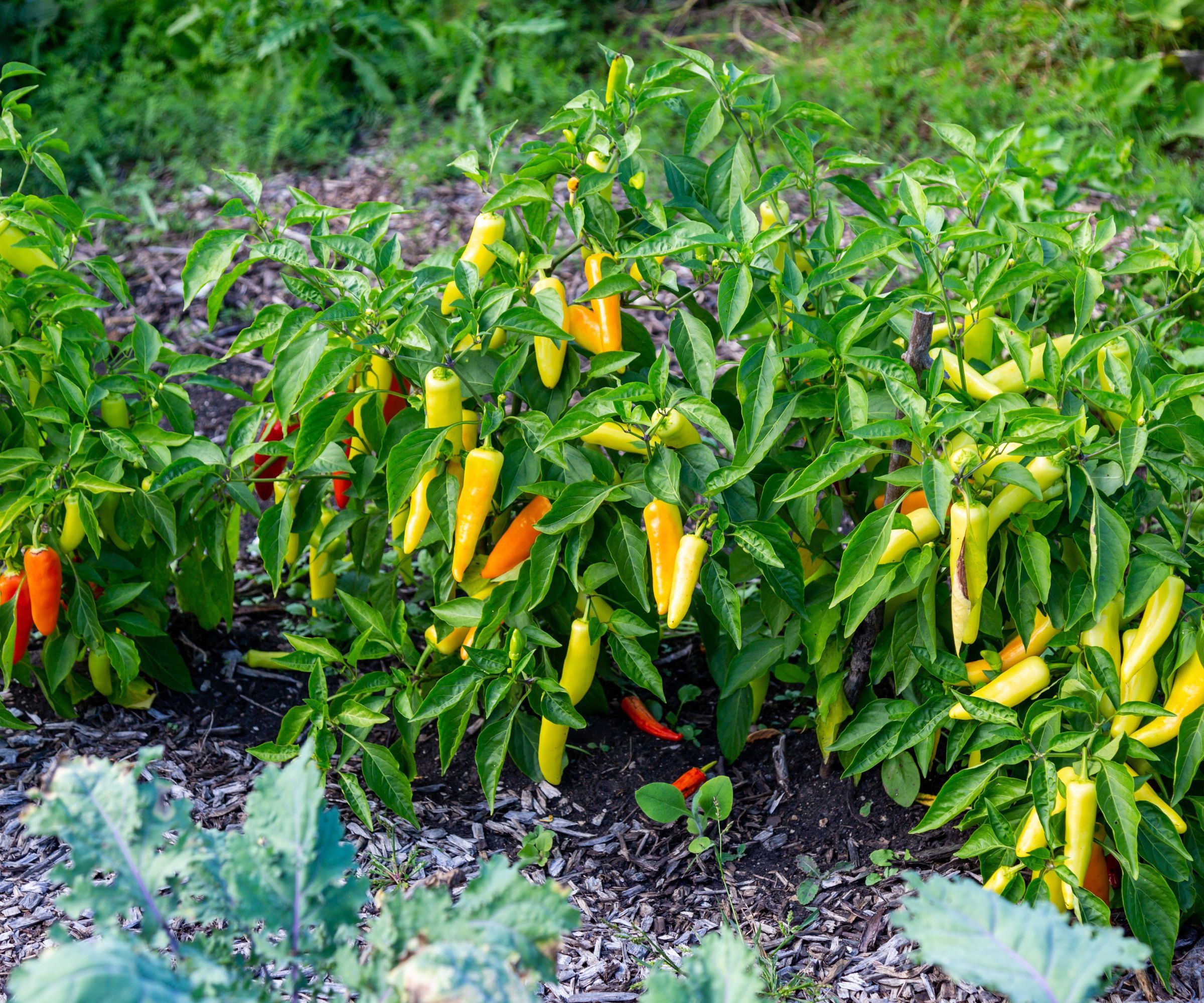
A pretty simple test to see if your banana peppers are ready to harvest is by feeling them. When they're ready, they'll be firm with a glossy and smooth skin.
Gene Caballero, Co-Founder at GreenPal warns, 'The pepper should feel firm to the touch. A soft or wrinkled pepper might be an indication of over-ripeness or other issues.'
4. Can it be twisted off the plant/
Another quick test of ripeness is if you give the peppers a gentle twist; a ready banana pepper will come off the plant with ease. If you have to tug it too much then you should wait longer to harvest it.
5. Check banana peppers regularly
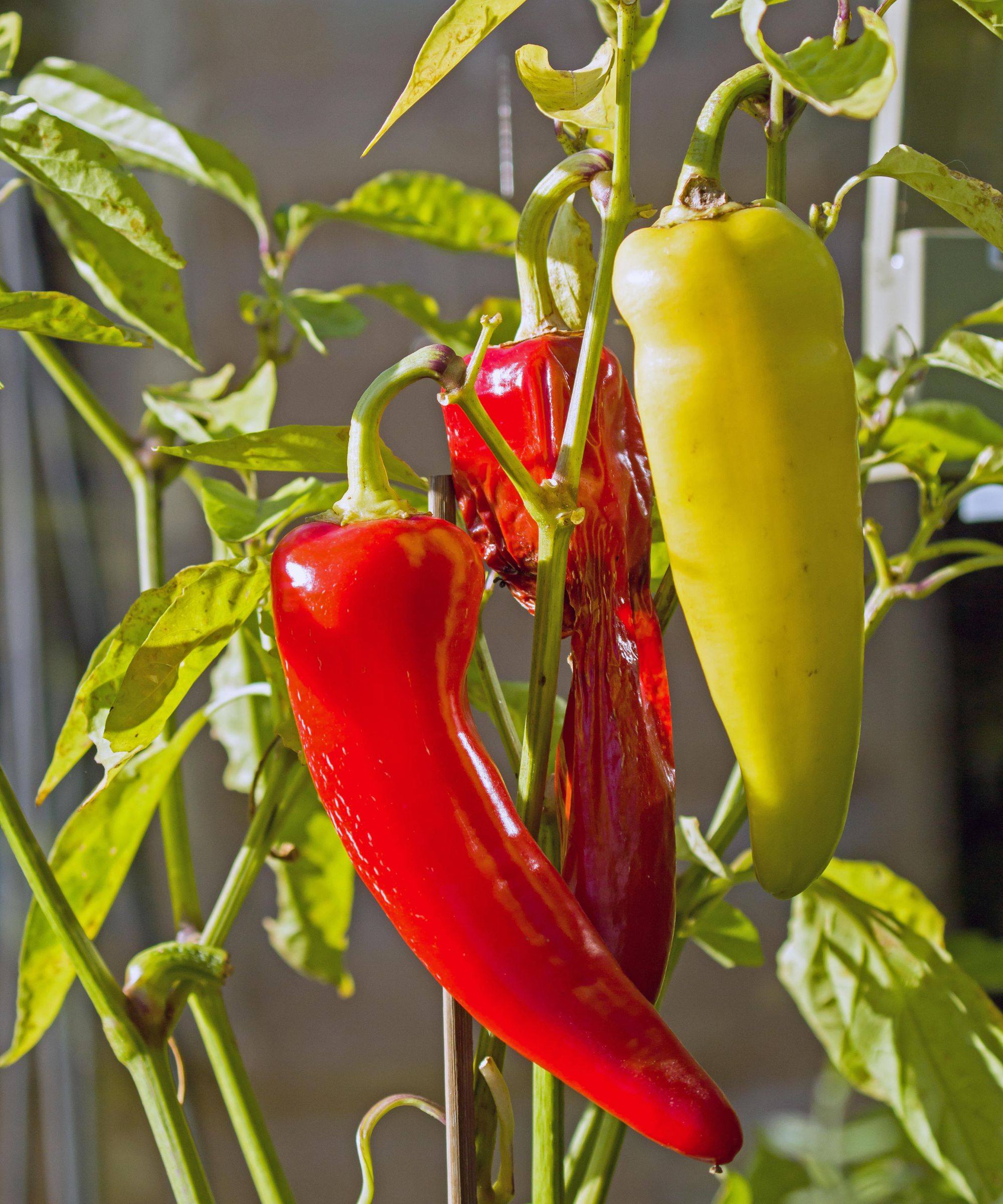
'It's crucial to avoid overripening; peppers left on the plant for too long may become too soft or lose their flavor,' says David Cohen, the CEO of Flower Station.
So make sure to keep an eye on your banana peppers to avoid making the ultimate harvesting mistake of letting them become overripe. But remember, the riper the banana pepper, the sweeter it is, so finding the best time to harvest your banana peppers may take a regular assessment.
FAQs
How to encourage new fruiting from banana peppers?
'Banana peppers are known for their continuous production throughout the growing season. Regularly check the plants for mature peppers and harvest them promptly to encourage more fruiting', advises Robin Phelps, Gardening and Preserving Coach at Sow many plants.

Robin Phelps is a Gardening and Preserving Coach at Sow Many Plants, with over 20 years of experience in the gardening industry. She specializes in growing fruit and vegetables, with a dedication to teach others how to preserve and keep what they grow.
From the moment you've planted your banana peppers, keep track of the days, maybe even mark your calendar, to give you an idea when to start inspecting your banana peppers to see if they're ripe.
Once they are harvested, banana peppers can be stored in the refrigerator for up to a week or frozen for up to six months.
Banana peppers are a great organic fruit to know how to grow, and with a bit of patience and a watchful eye of their size, color, texture and testing how easily they come off the plant, you'll be enjoying these tasty banana peppers in all sorts of dishes.
Sign up to the Homes & Gardens newsletter
Design expertise in your inbox – from inspiring decorating ideas and beautiful celebrity homes to practical gardening advice and shopping round-ups.

Lola Houlton is a news writer for Homes & Gardens. She has been writing content for Future PLC for the past six years, in particular Homes & Gardens, Real Homes and GardeningEtc. She writes on a broad range of subjects, including practical household advice, recipe articles, and product reviews, working closely with experts in their fields to cover everything from heating to home organization through to house plants. Lola is a graduate, who completed her degree in Psychology at the University of Sussex. She has also spent some time working at the BBC.
-
 This once-dated kitchen is now a timeless space with the coziest details – and its the classic color palette that's made it a chic, welcoming space
This once-dated kitchen is now a timeless space with the coziest details – and its the classic color palette that's made it a chic, welcoming spaceWarming colors and natural materials combine to create this enduringly classic kitchen scheme
By Molly Malsom Published
-
 How to grow crepe myrtle in pots – and transform even the smallest of yards with dazzling flowers this summer
How to grow crepe myrtle in pots – and transform even the smallest of yards with dazzling flowers this summerGrowing crepe myrtles in pots will inject splashes of brilliant color into your outside space
By Thomas Rutter Published